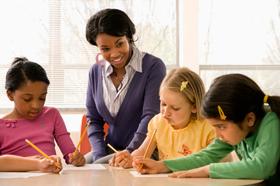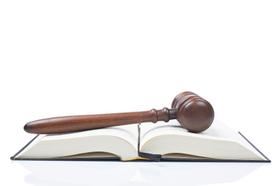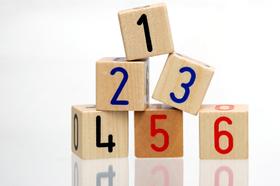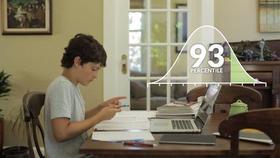You applied to several schools. But your first choice didn't accept you. Instead, it waitlisted you. What exactly does this mean? And why do schools waitlist applicants? What do you do now?
What does waitlisting mean?
Schools typically offer places to more applicants than they have places for on the theory and experience that they will receive enough acceptances to fill all their seats. Calculating the actual yield from the acceptances which they have sent out is something that experienced admissions officers know how to do almost instinctively. For example, let's say the school has places for 100 students. It could send acceptance letters to 100 applicants. But what happens if only 75 of those families accept the places which have been offered? Having 25 empty seats will wreak havoc with any private school's finances.
That's where the waitlisting comes in. The admissions officers know that if they offer a certain number of applicants over the actual number of places that they have available, that they will receive the necessary yield of acceptances. For example, using our hypothetical 100 places available, the admissions office sends out 125 acceptance letters. The admissions staff know that historically they will receive 90-100 acceptances when they send out 125 acceptance letters. But what if circumstances conspire to produce the number on the low end of the yield scale? Say they only receive 90 acceptances? That's where the waitlist comes into play. The school will send out 125 acceptances. It will make up



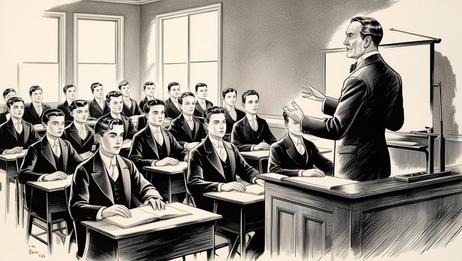
 40 a.d.
40 a.d.




